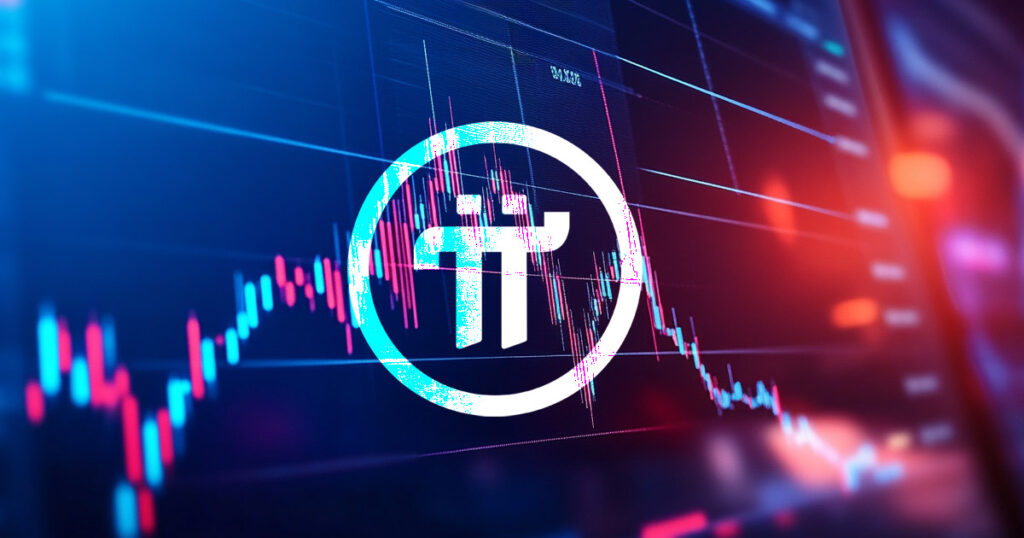Pi Network’s Open Mainnet Launch Sparks Price Volatility
Pi Network recently made waves in the cryptocurrency community with the launch of its Open Mainnet, which saw sharp price movements for its native token, Pi (PI), on Feb. 20. The transition from a closed beta system to an open blockchain has opened up new possibilities for the project, allowing users to mine crypto via a mobile app without the need for energy-intensive hardware.
The move to an Open Network is expected to enhance Pi’s real-world utility and increase its accessibility on external platforms. The project’s development team expressed excitement about the transition, stating that it will enable Pi to connect with external networks on the Mainnet blockchain, facilitating transactions outside the Pi ecosystem. This development also sets the stage for potential exchange listings and integration with decentralized applications, opening up a world of possibilities for the token.
However, the road ahead is not without challenges. The project’s legality remains a point of contention, with concerns raised about regulatory compliance and potential hurdles that could impact Pi’s long-term viability. The project’s history of legal and regulatory issues has also cast a shadow of doubt over its future, with some major exchanges hesitating to list the token.
The launch of the Open Mainnet initially sparked a surge in Pi’s price, with the token jumping 45% within an hour to reach a high of $2.10. Trading volume spiked over 1,700% as speculation around the launch fueled a buying frenzy. However, the rally was short-lived, as Pi experienced a sharp 52% drop to a low of $1.01, erasing gains from earlier in the day. This volatility raised concerns about the token’s long-term price stability and market capitalization, which currently stands at $7.02 billion.
With a total supply of 9.7 billion tokens, Pi’s fully diluted valuation (FDV) is estimated to be around $83.07 billion. Analysts have cautioned that future token releases could introduce additional downward pressure if demand fails to keep up with supply, highlighting the importance of maintaining a balance between supply and demand in the market.
Despite the challenges and uncertainties surrounding Pi Network, the project has garnered a strong following since its inception in 2019, attracting millions of users who see it as a user-friendly alternative to traditional cryptocurrencies. The Open Mainnet launch represents a significant milestone for Pi, bringing it one step closer to broader adoption and real-world utility.
As Pi Network navigates the complexities of the cryptocurrency landscape, its community support and innovative approach to mining and transactions will be key factors in determining its success in the long run. Only time will tell whether Pi can overcome the hurdles it faces and establish itself as a prominent player in the ever-evolving world of decentralized finance.

